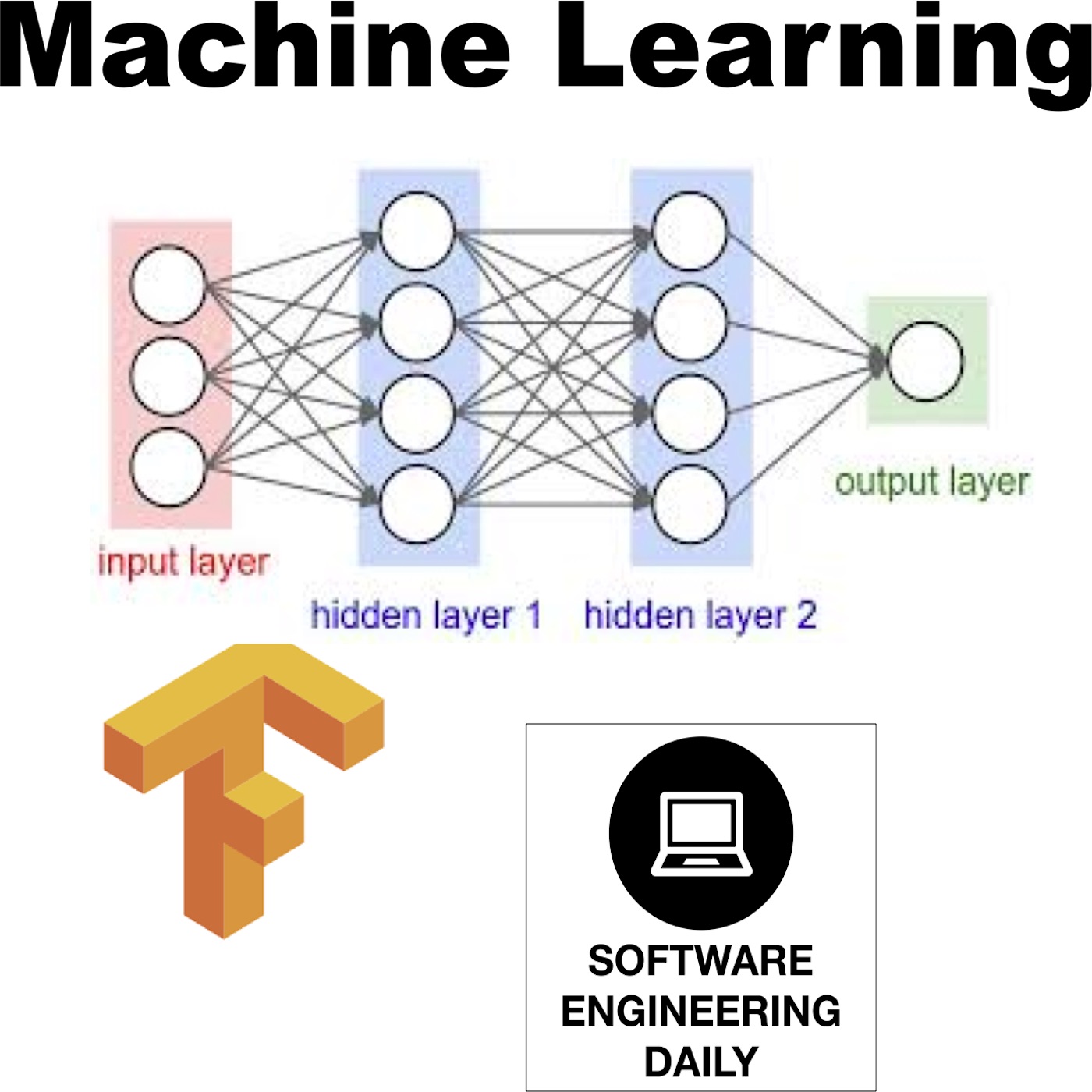
Training the Machines with Russell Smith

Machine Learning Archives - Software Engineering Daily
Shownotes Transcript
Automation is changing the labor market.
To automate a task, someone needs to put in the work to describe the task correctly to a computer. For some tasks, the reward for automating a task is tremendous–for example, putting together mobile phones. In China, companies like FOXCONN are investing time and money into programming the instructions for how to assemble your phone. Robots execute those instructions.
FOXCONN spends millions of dollars deploying these robots, but it is a worthwhile expense. Once FOXCONN pays off the capital investment in those robots, they have a tireless workforce that can build phones all day long. Humans require training, rest, and psychological considerations. And with robots, the error rate is lower. Your smart phone runs your life, and you do not want the liability of human imperfection involved in constructing that phone.
As we race towards an automated future, the manual tasks that get automated first depend on their economic value. The manual labor costs of smartphone construction is a massive expense for corporations. This is also true for truck driving, food service, and package delivery. The savings that will be reaped from automating these tasks are tremendous–regardless of how we automate them.
There two ways of building automated systems: rule-based systems and machine learning.
With rule-based systems, we can describe to the computer exactly what we want it to do–like following a recipe. With machine learning, we can train the computer by giving it examples and let the computer derive its own understanding of how to automate a task.
Both approaches to automation have difficulties. A rule-based approach requires us to enumerate every single detail to the machine. This might work well in a highly controlled environment like a manufacturing facility. But rule-based systems don’t work well in the real world, where there are so many unexpected events, like snowstorms.
As we reported in a previous episode about how to build self-driving cars), engineers still don’t quite know what the right mix of rule-based systems and machine learning techniques are for autonomous vehicles. But we will continue to pour money into solving this problem, because the investment is worth figuring out how to train the machine.
The routine tasks in our world will be automated given enough time. How soon something will be automated depends on how expensive that task is when it is performed by a human, and how hard it is to design an artificial narrow intelligence to perform the task instead of a human.
Manual software testing is another type of work that is being automated today.
If I am building a mobile app to play podcast episodes, and I make a change to the user interface, I want to have manual quality assurance (QA) testers run through tests that I describe to them, to make sure my change did not break anything. QA tests describe high level application functionality. Can the user register and log in? Can the user press the play button and listen to a podcast episode on my app?
Unit tests are not good enough, because unit tests only verify the logic and the application state from the point of view of the computer itself. Manual QA tests ensure that the quality of the user experience was not impacted.
With so many different device types, operating systems, and browsers, I need my QA test to be executed in all of the different target QA environments. This requires lots of manual testers. If I want manual testing for every deployment I push, that manual testing can get expensive.
RainforestQA is a platform for QA testing that turns manual testing into automated testing. The manual test procedures are recorded, processed by computer vision, and turned into automated tests. RainforestQA hires human workers from Amazon Mechanical Turk to execute the well-defined manual tests, and the recorded manual procedure is used to train the machines that can execute the same task in the future.
Russell Smith is the CTO and co-founder of RainforestQA, and he joins the show to explain how RainforestQA works: the engineering infrastructure, the process of recruiting workers from mechanical turk, and the machine learning system for taking manual tasks and automating them.
Show Notes: Andrej Karpathy Turk Story)
The post Training the Machines with Russell Smith) appeared first on Software Engineering Daily).